Rebels and Hackers and Queers, Oh My!
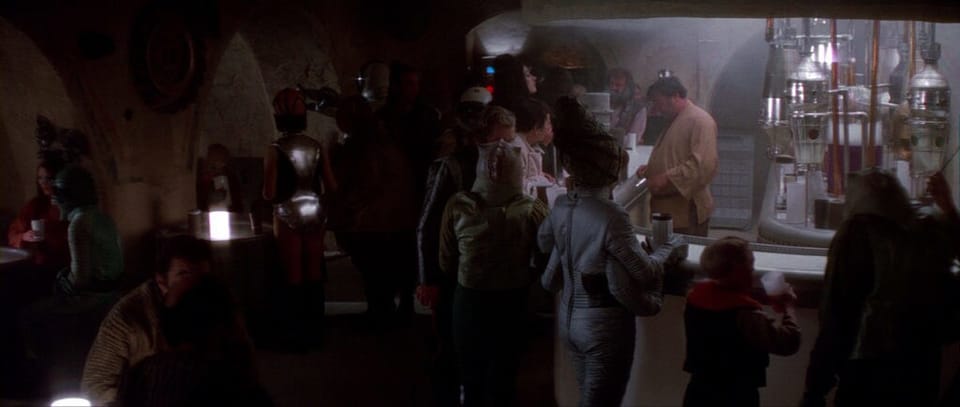
Greetings, friends! This installment is way overdue, but preciousness, logarrhea, and various life events—including a vacation to meet my eight-month-old niece– kept this installment from completion until now, when I have just turned forty years old. There's nothin about that in the essays within, I talk enough about the relentless passage of time. Instead it's a confluence of recent activities with the wraparound theme of subversion in our time: watching a restoration of the theatrical version of Star Wars on streaming, jailbreaking consumer tech, and the classic lesbian thriller Bound.
Don't Be Too Proud of This Technological Terror You've Constructed
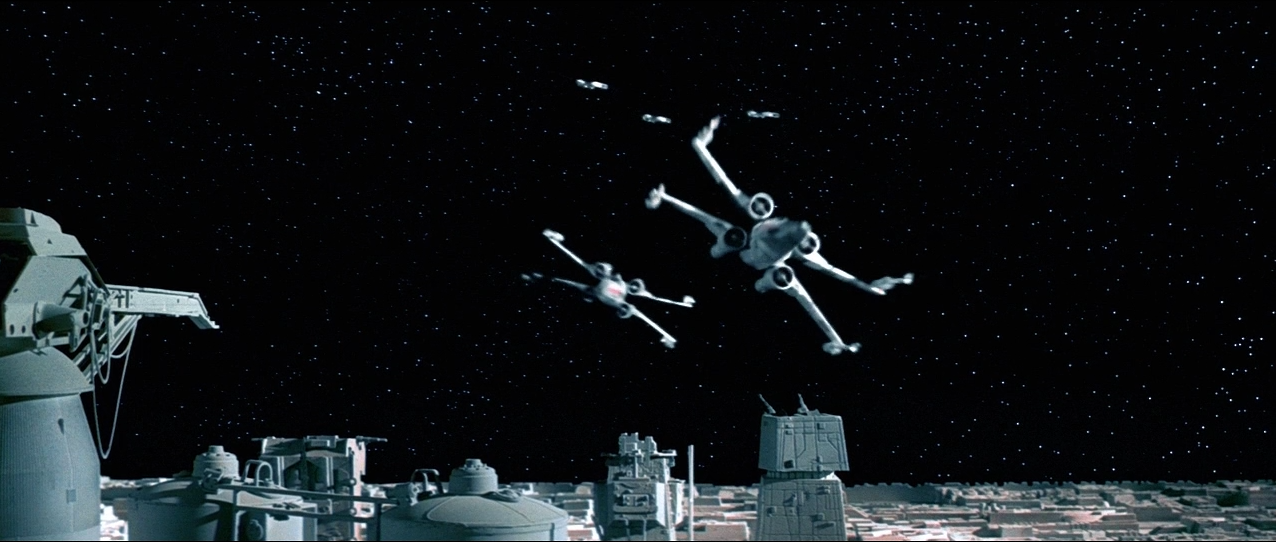
Star Wars
(dir. George Lucas, 1977)
Cinema Box stream, March 2, 2025
A few months back there was a minor sensation in the streaming world, as Star Wars became easily available to watch for the first time in decades. Not Star Wars: Episode IV - A New Hope, which is available on Disney+ along with the sundry features, TV series, and holiday specials of the franchise starting at $9.99 a month, with ads—I'm talking about Star Wars, end stop, George Lucas' standalone pastiche reworking of a Flash Gordon movie concept that released into theaters in the summer of 1977. That movie has, barring a very rare 2006 DVD release, been commercially unavailable ever since the mid-1990s, when Lucas re-released the original trilogy of films as Special Editions with updated visual effects and sometimes significant alterations.
Then on the first weekend of March, word spread that the unadulterated original was available to Roku users on an app called Cinema Box. I only heard about it mid-afternoon that Sunday, whereupon I dropped everything I was doing to watch. I figured it would not be available long, and I was right. Within a couple days the film, and Cinema Box entirely, were deleted off the Roku platform. Millions of voices had suddenly cried out, 'Terrific!' and were suddenly silenced. It was only a spur of the moment happening, but being able to see the movie as it was, was extremely satisfying.
For Star Wars is, despite George Lucas and Disney's best efforts, still an awkward fit with the rest of the sprawling series, which takes its storytelling and musical cues more from the Skywalker family drama that The Empire Strikes Back introduced. Seeing the original without forty-five years of franchise barnacles allows one to more easily see the film in its original 1970s context. The visual effects, which Lucas is determined to erase, remain impressive for how much he and his team were inventing as they went along. They make for a much more cohesive and credible galaxy than the Special Edition, which slathers on 90s CGI effects that ironically have aged much worse. I better appreciated the stylishness of the film's production design, particularly how the endless tunnels within its various space stations all take on some different geometric shape.
The script too feels more natural as a 70s film. There's the roguish satisfaction of watching Han Solo shoot first of course, but there's also the whole matter of Luke Skywalker's place in the story. Luke isn't even in the first fifteen minutes, and when we do meet him he's not a hero in waiting but a whiny farmboy accompanying his uncle to haggle with the desert planet version of a used car salesman. Luke starts off peripheral, in the movie as much as the galaxy, and both by accident and deliberate action gets swept up in the great conflict of his time. Its proletarian perspective has much more in common with other New Hollywood crowdpleasers Rocky and Jaws than even its own sequels, which increasingly positioned Luke and his family as the most important people in the universe. (Also extremely 70s: the entire concept of C-3PO, human-cyborg relations. It's taken for granted in the series now, but at the dawn of the PC era, George Lucas was making literal the need for people and increasingly advanced computer systems to talk to each other.)
The experience of watching this was fantastic, though far from perfect. The resolution was DVD-quality, and details were muddy. There was a sickly green lighting to a lot of the spaceship sets—the interior of the Millennium Falcon, the Death Star's tractor beam control room—and blue lights gave off a lot of bloom. A lot of visual elements have a foggy glaze to them, though that might be inherent to the original. For all that, though, it's still the first time I've seen the full theatrical picture: it was actually seeing the Special Edition in theaters that showed me how much I was missing with pan-and-scan letterboxed versions on VHS and television in the early 90s.
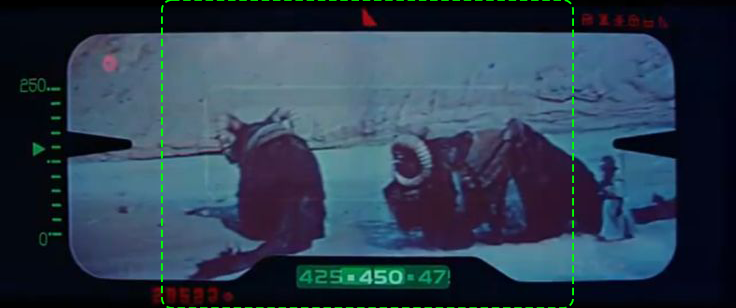
How OG Star Wars ended up on Roku is a question that still hasn't been answered. Cinema Box has come and gone before, and it appears to be a clone of another app, Movieland.TV, both of which show 60s and 70s films which are often hard to come by on the popular streaming services. They are free and run no ads, and if Star Wars is any indication they don't have the rights to the movies they carry, so they appear to be a small guerilla operation. Incidentally, this is true also of their edition of Star Wars. Mainstream outlets assumed that the upload was ripped from the 2006 DVD, but the credits provide a clear answer: it is version 2.5 of Harmy's Despecialized Edition.
That's a whole article in itself. Suffice to say that the Despecialized Edition was a heroic effort by Czech schoolteacher Petr Harmáček and a handful of other enthusiasts, the first to produce high-definition versions of the theatrical Star Wars films, by piecing together a variety of sources. All too much like the narrative of Star Wars itself, it's a resistance against an all-powerful monolith by a relative handful of committed dissidents. It's been superceded by other efforts, and the even the version I saw is fairly old. But then in its own way the bootleg quality added to the outlaw vibe of the experience. Streaming is an even bigger threat to media preservation than directorial tinkering, so seeing a neglected piece of film history surreptitiously dropped into Roku's ecosystem was if nothing else a moral victory. Let's call it a new hope.
Jailbreaker's Delight

George Lucas, ever ahead of the curve, was only the first to use today's cutting-edge technology to erase yesterday's. Around the same time the Star Wars Special Editions were released in theaters, enterprising programmers had begun creating emulation software for home computers that was capable of imitating discontinued game consoles and playing the ROM files of their games. At that time Popular old titles were often remade for new systems, but within a decade consoles like the Nintendo Wii were powerful enough to run straight emulations, which they either sold or allowed access through subscriptions. These are faithful to the original releases, but they introduce new problems: supporting only the most popular titles, and gatekeeping them behind not just hardware, but also paywalls and slow rates of re-release.
Much of my Hideo Kojima retrospective involves playing titles that are either no longer commercially available or were never officially localized for the United States in the first place, so emulation is in some cases the only option. I've been able to get a lot out of a retro handheld, but I wanted to play on my television as many of these games were originally intended. I looked into getting a dedicated mini PC, but then I realized I already had a computer sitting unused: my Playstation 4. All I would have to do is jailbreak it.
The term carries connotations of illicit freedom, which is a pretty good summary of its social and legal status. It refers to workarounds implemented in a computer system to get it to act in ways outside or against its design as intended by its manufacturer. In this case it means connecting my PS4 to my laptop through an ethernet cable and running a specific program that used the connection to install software on a USB drive plugged into the console. There was some research and trial and error involved, but sure enough I was eventually able to access the jailbreak software from which I could download various apps. There's still a lot of setup to be done, but it is well on its way to being a more general-use gaming console.
While getting a Sony system to run old Mario games is trivial nerdery, the issues at play are anything but. Locked-down hardware and software is at the heart of right to repair fights over everything from McDonalds ice cream machines to John Deere tractors, and obsolete technology is now being abandoned in our cars and bodies. As physical media gets phased out and software that we used to own gets locked behind subscription services, what we are allowed to do on our devices will become more narrow and circumscribed. Subscriptions and downloads and the Internet of Things are convenient in the short term, but in the long run the lack of support for anything that doesn't benefit a company's bottom line makes piracy and preservation that much harder to tell apart. Any technology or media you've enjoyed in the past few years that didn't make a billion dollars may be impossible to operate or find in a couple decades (or in the case of Black Mirror: Bandersnatch, less than one).
Jailbreaking has its risks, and it is cumbersome enough that I wouldn't recommend it to anyone who isn't patient. But doing so gives you a greater appreciation of your technology; both for how difficult it is to get an operating system and user interface to run smoothly and intuitively, and for what the devices we own are capable of doing if we step outside the often self-serving bounds set by major conglomerates. If Sega Saturn light gun-supported games are outlawed, only outlaws will play Sega Saturn light gun-supported games.
Sticking It To The Men
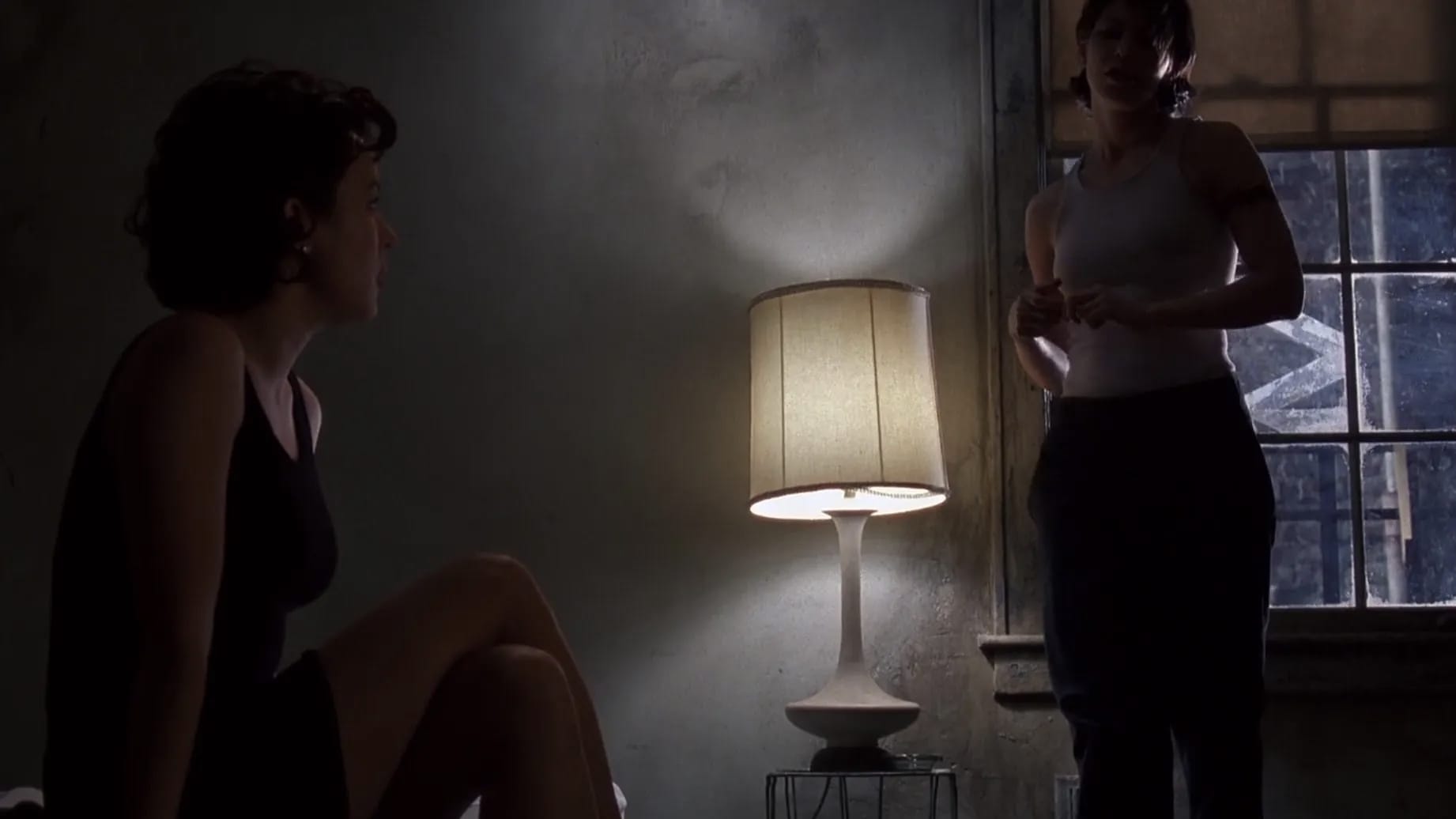
Bound
(dir. Lana and Lilly Wachowski, 1996
Part of the Grandin's Pride programming, June 3, 2025)
The Matrix is the apotheosis of hacker culture, but it functions smashingly well within the confines of the big studio blockbuster framework. Less flashy but arguably more subversive is Bound, the movie its directors made to convince Warner Bros. their Matrix money would be well spent. I wrote a little about Bound a few years ago, just before The Matrix Resurrections' release. At the time I focused mostly on the ways it anticipates the style of The Matrix and the optimism of the Wachowski sisters' filmography, even as it is the most dissimilar to anything else they have made. Seeing it again I appreciated, even more than before, its construction as a fantasy that pushes against the obligatory gritty realism of the crime thriller genre.
The subversion is largely front-loaded. The first twenty or thirty minutes of the movie are not spent on the mobsters that ex-con-thief-turned-house-painter Corky (Gina Gershon) will rob, , but rather the relationship between her and kept mob wife Violet (Jennifer Tilly). It does this by way of that most fantastical of genres: softcore porn. This is not an insult, but a neutral observation. After some stolen glances, the two meet-cute in the stock porn scenario of Hooking Up With the One Who Hooks Things Up, here occupied by the butch Corky. It's preposterous but not tasteless, and it is very knowing. At one point we see Corky unscrewing a pipe, shot from under the sink, and as soon as Corky becomes aware that Violet is standing too close, the camera rack focuses from her to Violet's skirted legs. She smiles, and so do we: this is ridiculous.... isn't it great?
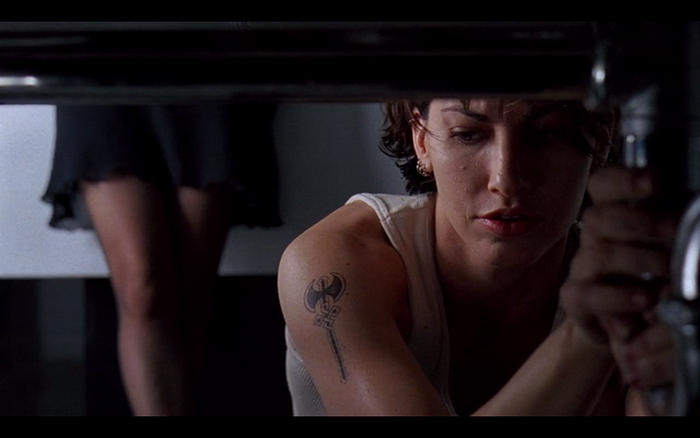
The plot pivots to crime movie territory, but it never loses that light touch. Even as it deals with sadistic thugs who take wirecutters to their victims' fingers, the mood isn't stomach-churning dread but a more buoyant, 'how will they get out of this?' sense of escalation, less Se7en than 007. Some of that is just post-Tarantino 90s indie film irony, complete with characters having to clean up the mess of someone's head being blown off. Mainly it's that the stakes, what matters to the story, aren't Corky and Violet's lives in isolation, but their life together.
This was lost on some critics at the time, who looked at Bound as a lazily gender-swapped caper movie and accused the Wachowskis, then presenting as cisgendered men, of crass exploitation. That the filmmakers subsequently came out as trans women definitely makes the queer reading more legible, but it's baffling that anyone could have watched Violet and Corky ride off into the sunset together to Tom Jones' "She's a Lady" and accused the movie of cynicism or humorlessness. It is, above all, fun. It is wish-fulfillment; not the dudebro imaginings of lesbian coupling, but an outlaw queer fairy tale where supposedly inherent criminality becomes a source of liberation rather than punishment.
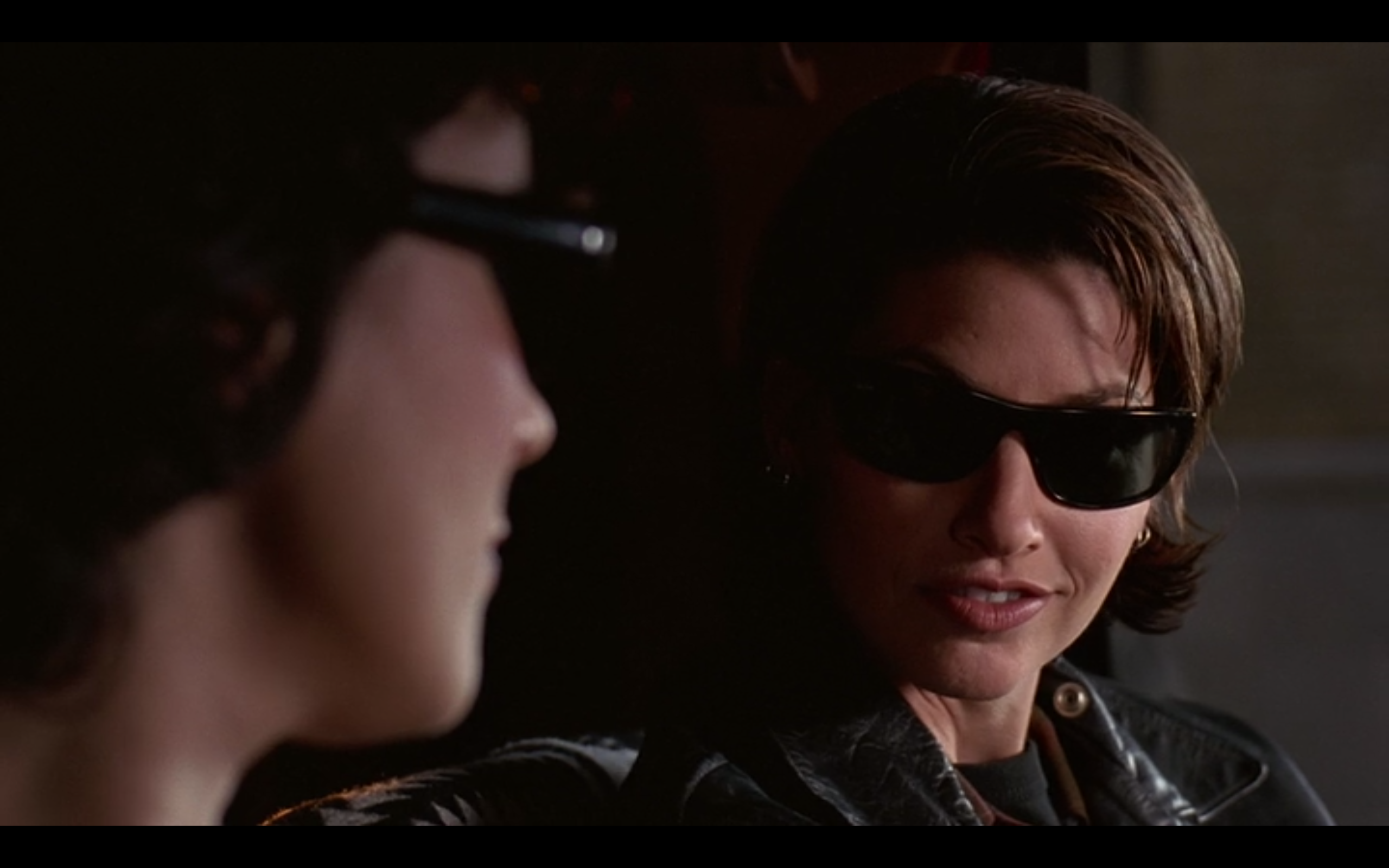
Enjoyed the read? Subscribe for free and get the next one as soon as it's published! If you know someone who would enjoy it, share the link. And if you want to support Cinema Purgatorio, any tips I receive will help to offset hosting costs. Any support is appreciated.
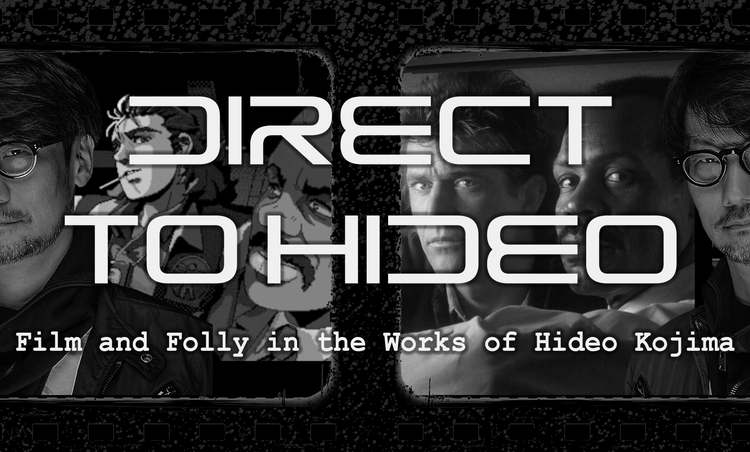
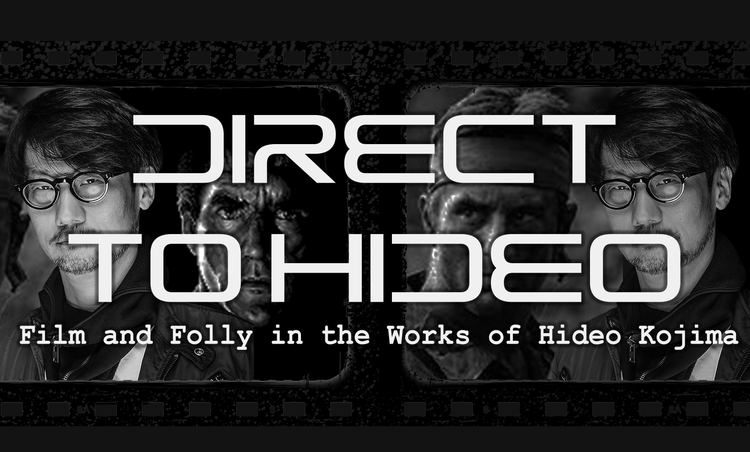
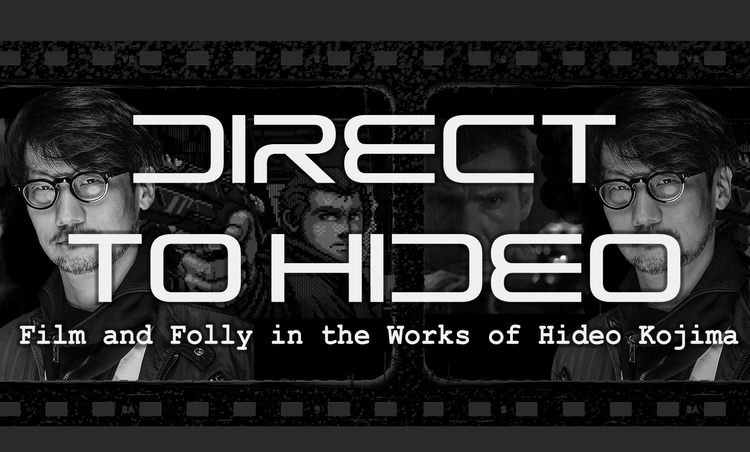
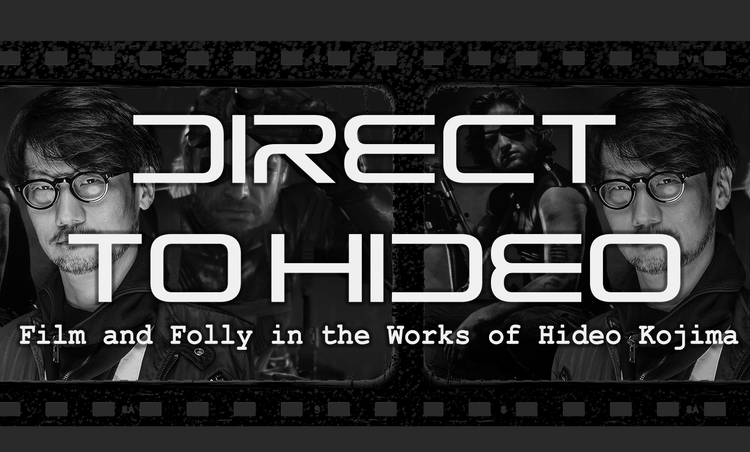
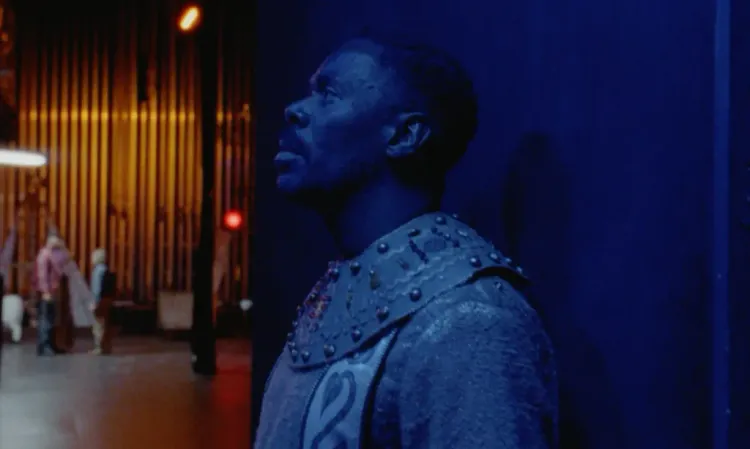
Member discussion